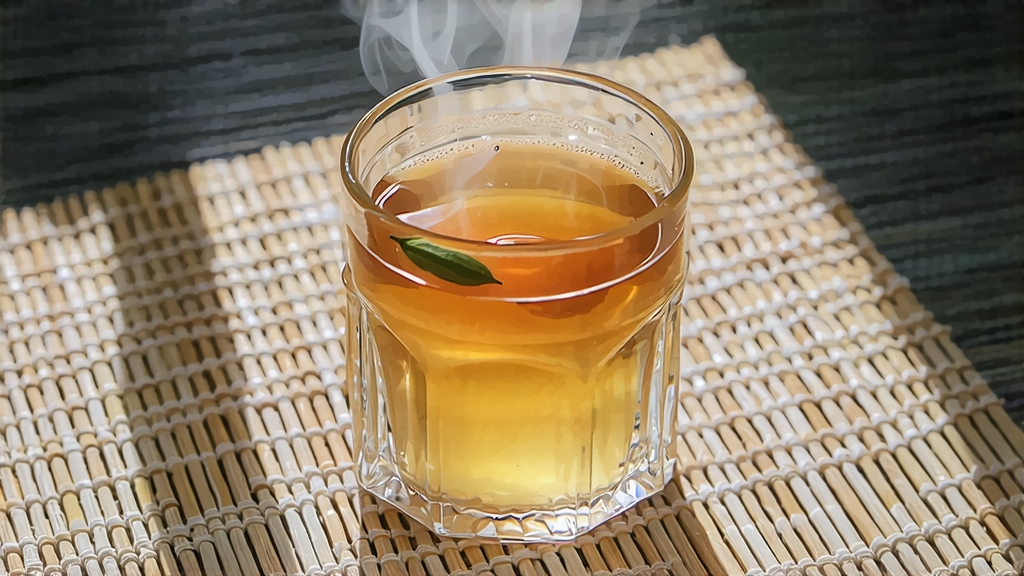
If green tea is the bright youth of Chinese tea and pu-erh its brooding elder, then white tea is the culture’s whispered lullaby—soft, nocturnal, almost weightless. Among the six canonical classes, white tea alone is defined less by the firing that finishes it than by the moonlit patience that lets it dry. Nowhere is that patience more exquisitely rewarded than in Bai Hao Yin Zhen, the “White-Hair Silver Needle,” the most aristocratic of all white teas. One sip and you understand why Song-dynasty poets called such leaves “liquid silk,” and why modern biochemists flock to study its antioxidant profile. This essay invites the international reader into the hushed world of Silver Needle—its history, micro-terroirs, craft, brewing ritual, and the quiet grammar by which we taste it.
-
A leaf born of crisis
White tea’s origin myth is inseparable from imperial anxiety. In the late 18th century the Jiaqing Emperor, alarmed by rising opium imports, decreed that tribute teas sent from Fujian must be unsmoked and minimally processed so that court physicians could assay their purity. Tea growers in northeastern Fujian—today’s Fuding and Zhenghe counties—responded by plucking only the unopened buds of the Fuding Da Bai cultivar, air-drying them on bamboo trays, and dispatching the snowy needles to Beijing. The court found the liquor pale, sweet, and reputedly detoxifying; the style became tribute-grade “Silver Needle.” Thus a fiscal precaution birthed a luxury. -
Terroir: two counties, two dialects of minerality
Modern Silver Needle is geographically protected; only buds from Fuding and Zhenghe may bear the name. Fuding sits on a granite bed; its sandy, slightly acidic soils force the tea bush to struggle, concentrating amino acids. The result is a needle that perfumes the cup with magnolia and ripe melon. Zhenghe, higher and more humid, rests on purple shale; its needles are sturdier, downy silver giving way to a faint sage-green tinge, the liquor deeper and edged with fennel. Connoisseurs speak of “Fuding elegance” versus “Zhenghe muscle,” a split akin to Burgundy’s Côte de Beaune versus Côte de Nuits. -
The cultivar: Fuding Da Bai
All true Silver Needle derives from Camellia sinensis var. sinensis cv. Fuding Da Bai. The cultivar’s buds can reach 3.5 cm in early spring, sheathed in a pubescence so dense it refracts light, creating the signature “silver” shimmer. The trichomes are rich in catechins and theanine, explaining both the tea’s sweet finish and its umami depth. -
Harvest calendar: one fortnight, one dawn
Plucking begins when the thermometer hovers between 12 °C and 18 °C, usually from mid-March to early April. Only the pearl-white bud, still closed like a grain of rice, is taken. Experienced pickers finish before 9 a.m., while dew remains; any later and solar heat begins enzymatic oxidation that would dull the pristine character. -
Withering: the art of doing almost nothing
Unlike green tea’s kill-green wok-firing, white tea is defined by prolonged withering—18 to 48 hours depending on weather. Traditionally the buds are laid on reed trays stacked under a skylight; modern factories use climate-controlled chambers set to 22 °C and 65 % relative humidity. During this interval moisture drops from 75 % to 10 %, polyphenols oxidize by a mere 5–8 %, and a faint Maillard reaction generates notes of toasted almond. The process is monitored by masters who gauge progress by touch: a properly withered needle feels “like a cat’s spine—firm yet springy.” -
Solar punctuation: the optional sun-bath
Some boutique makers give the half-withered buds a 20-minute exposure to late-afternoon winter sun. The brief UV spike boosts formation of galanolactone, a norisoprenoid that translates into peach skin aroma. The step is risky—too much sun reddens the tips—but when executed it lifts the finished tea into the realm of vintage champagne. -
Firing: a